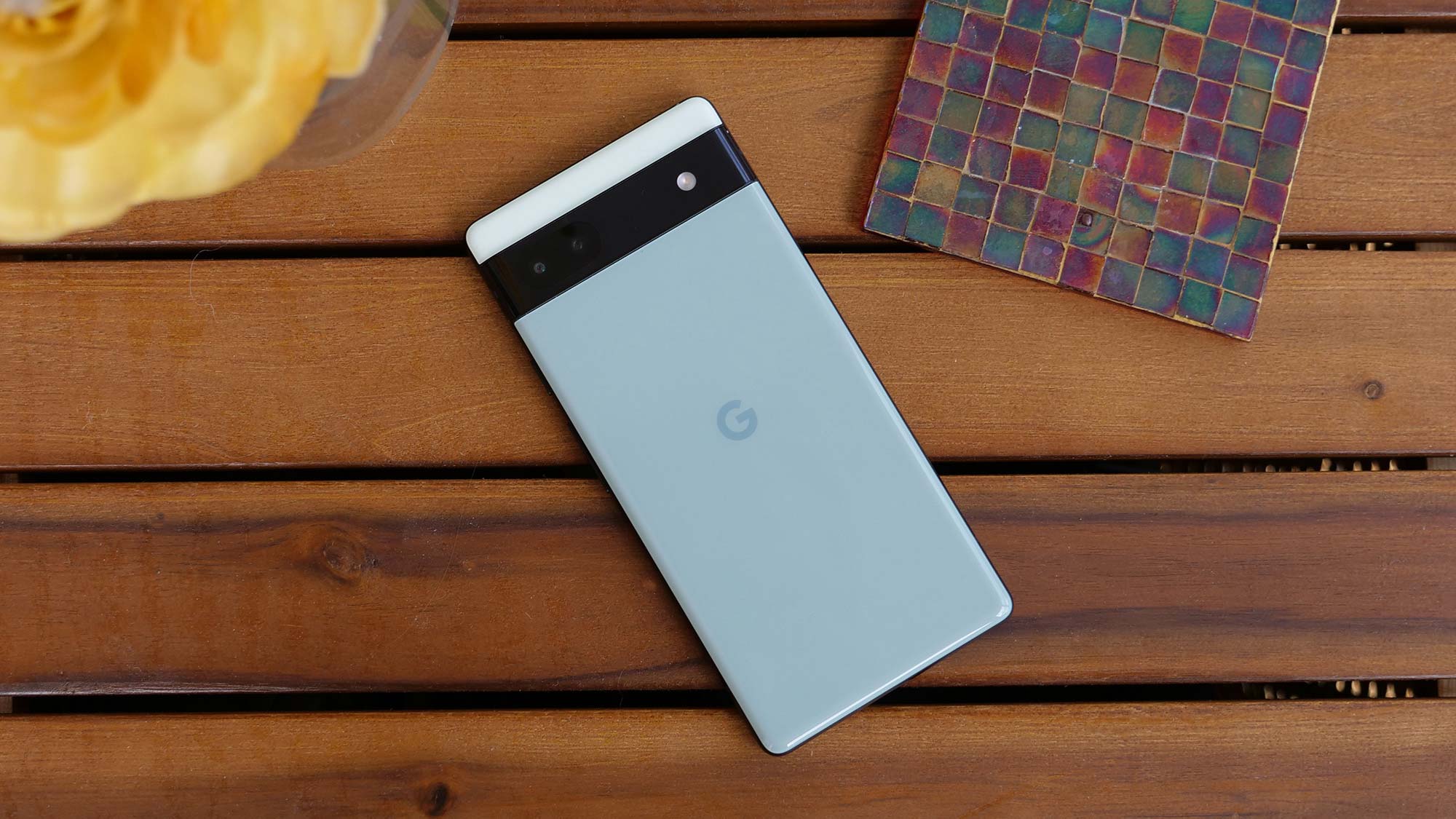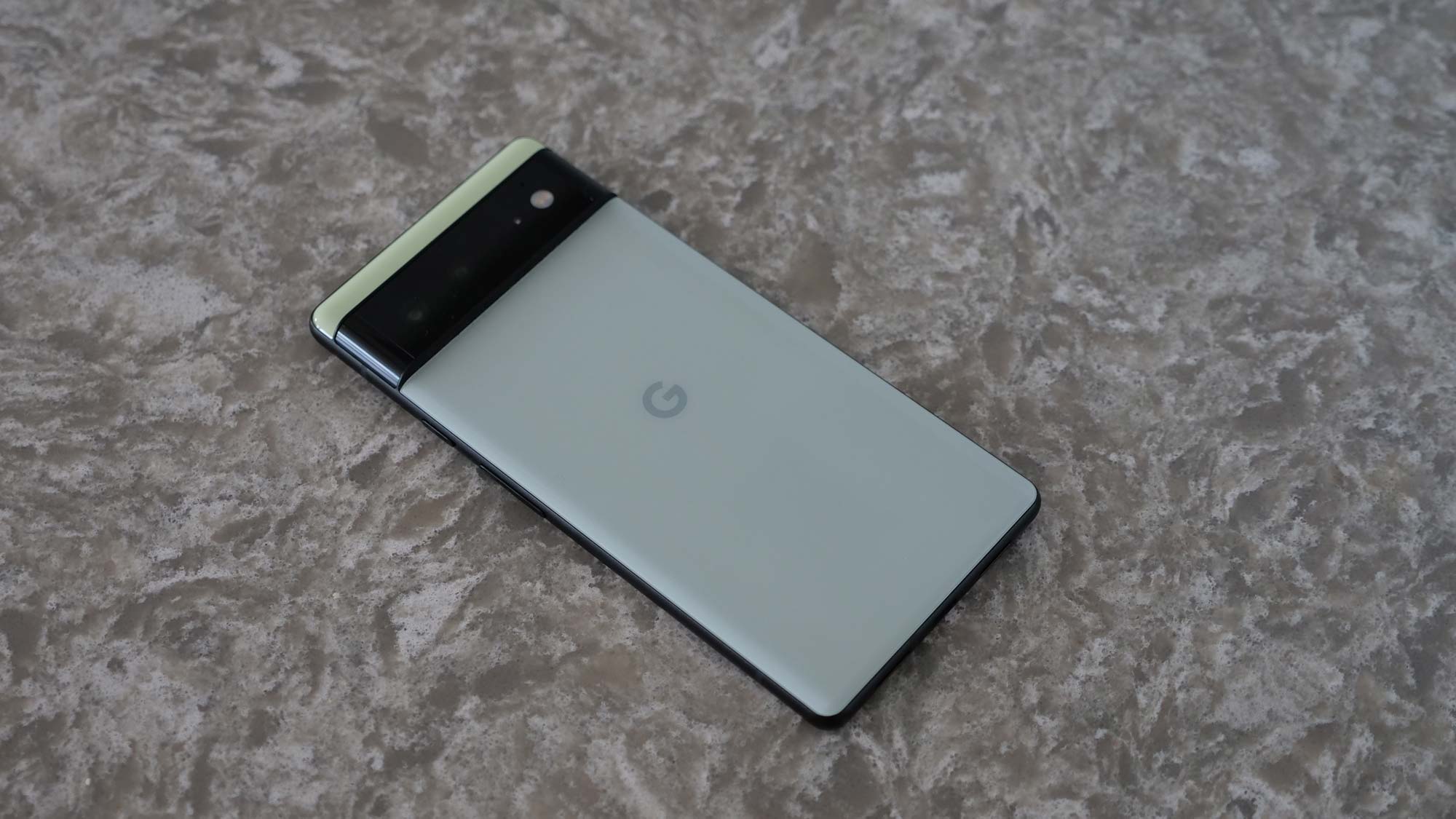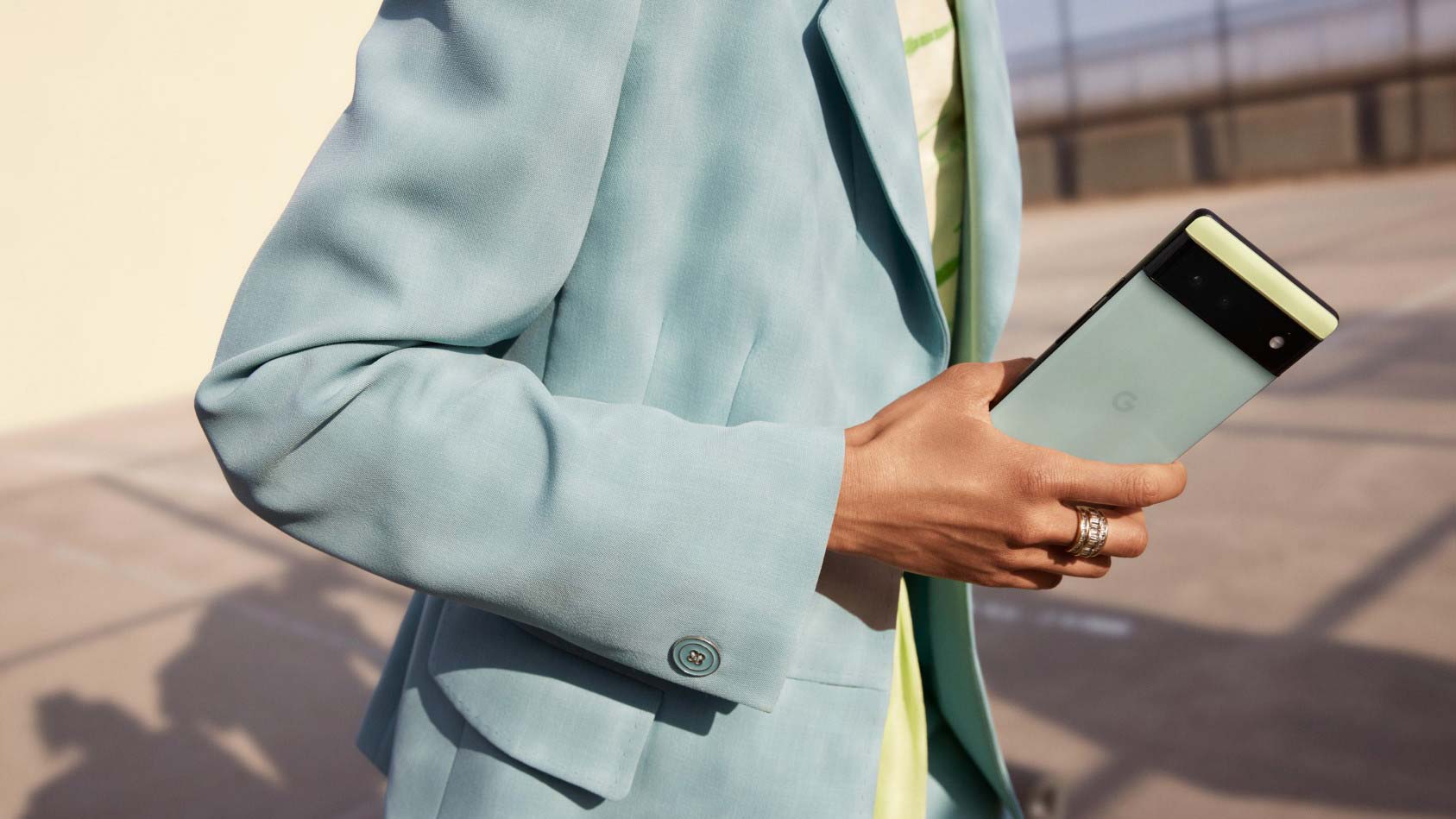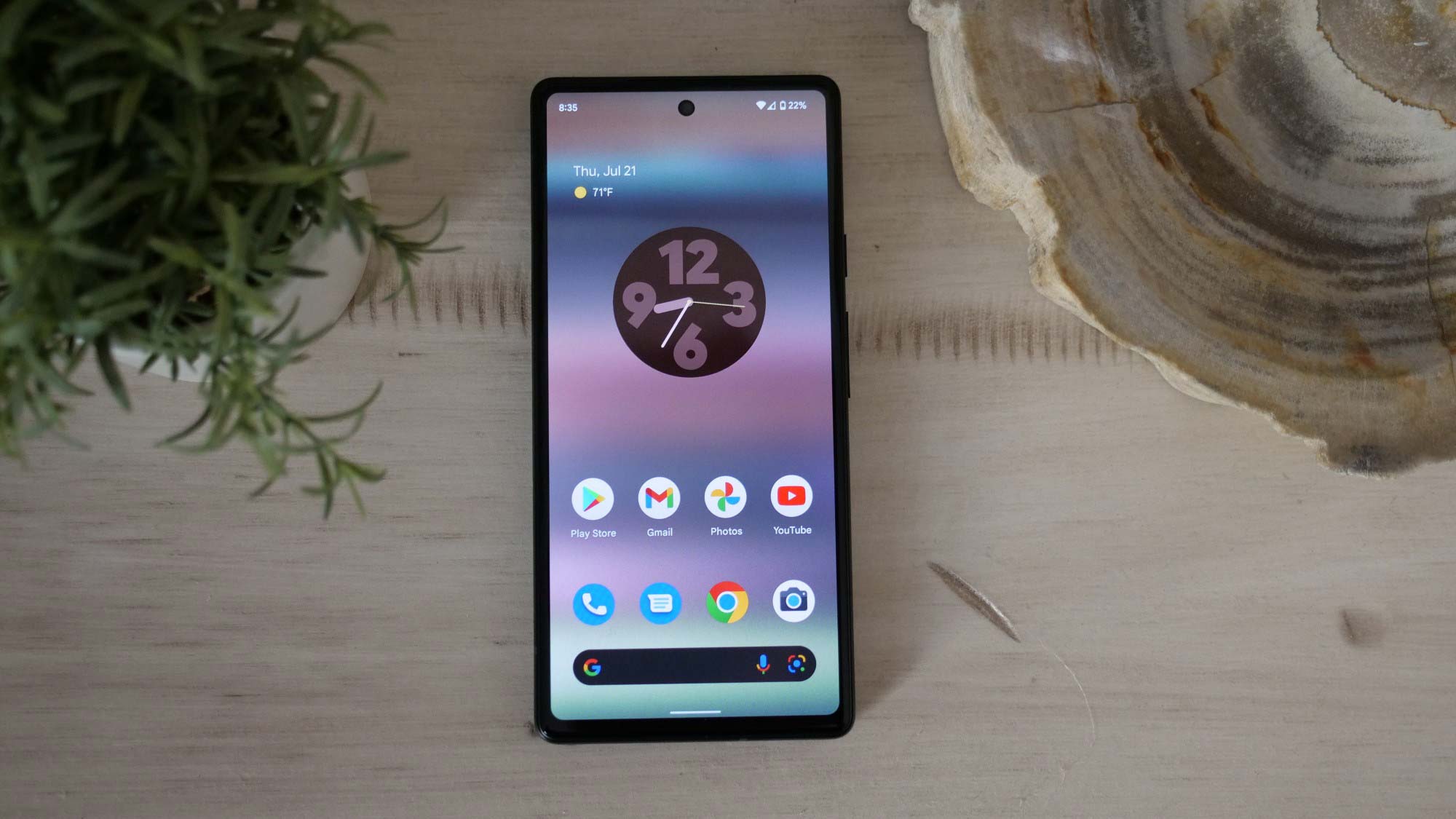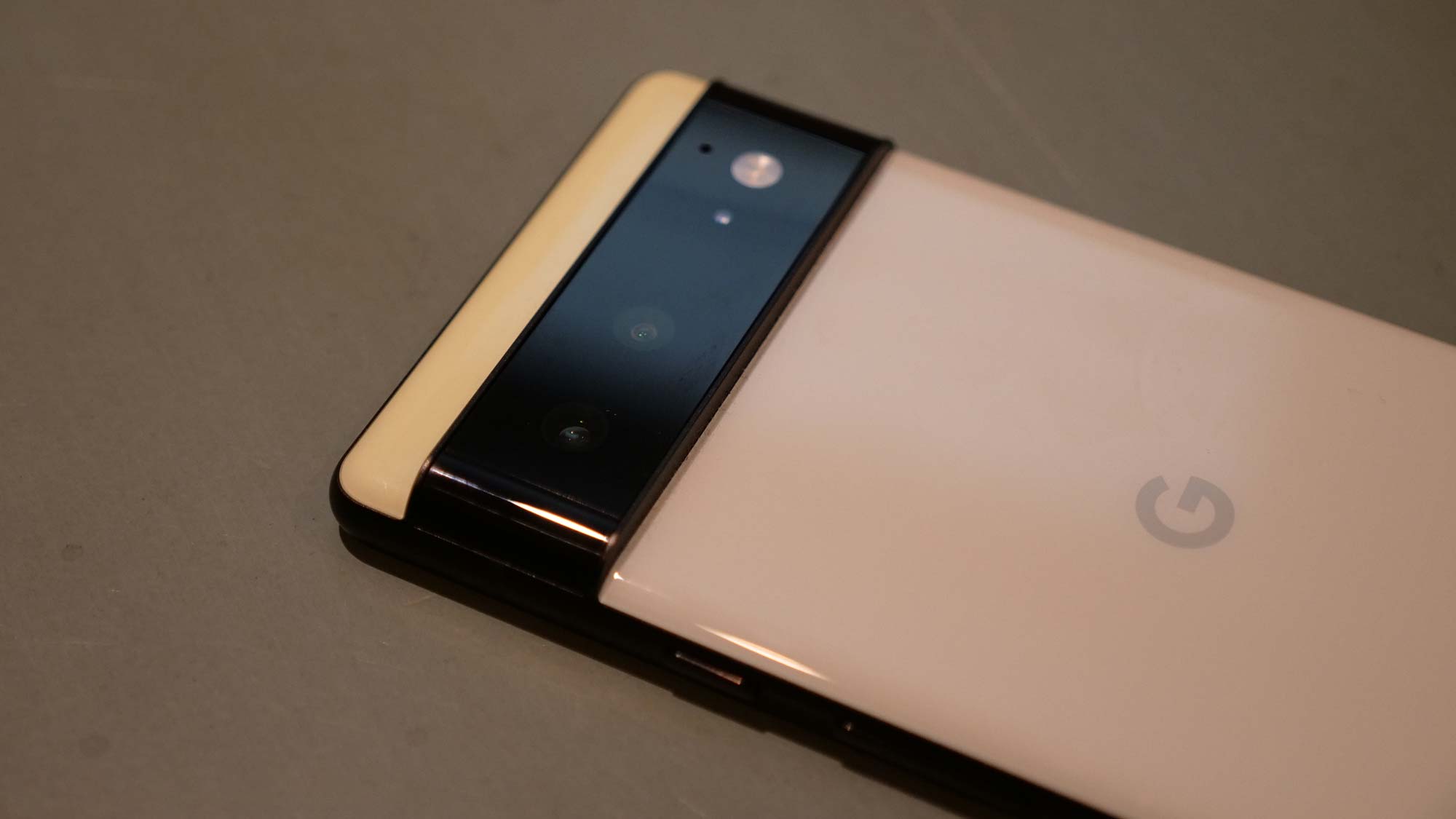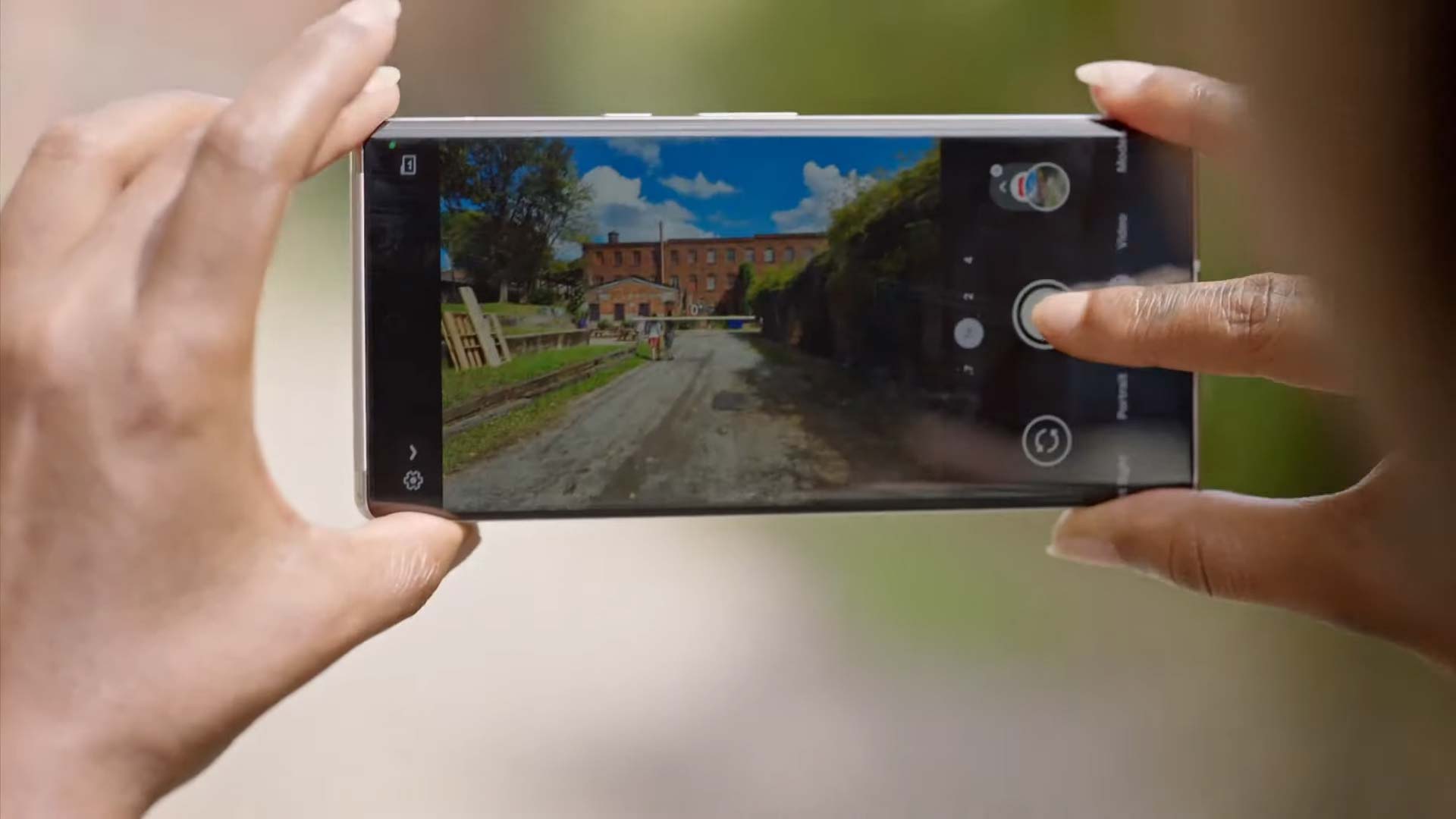Pixel 6a vs. Pixel 6: What does the extra $150 get you?
Is it worth spending an extra $150 to get the Pixel 6?
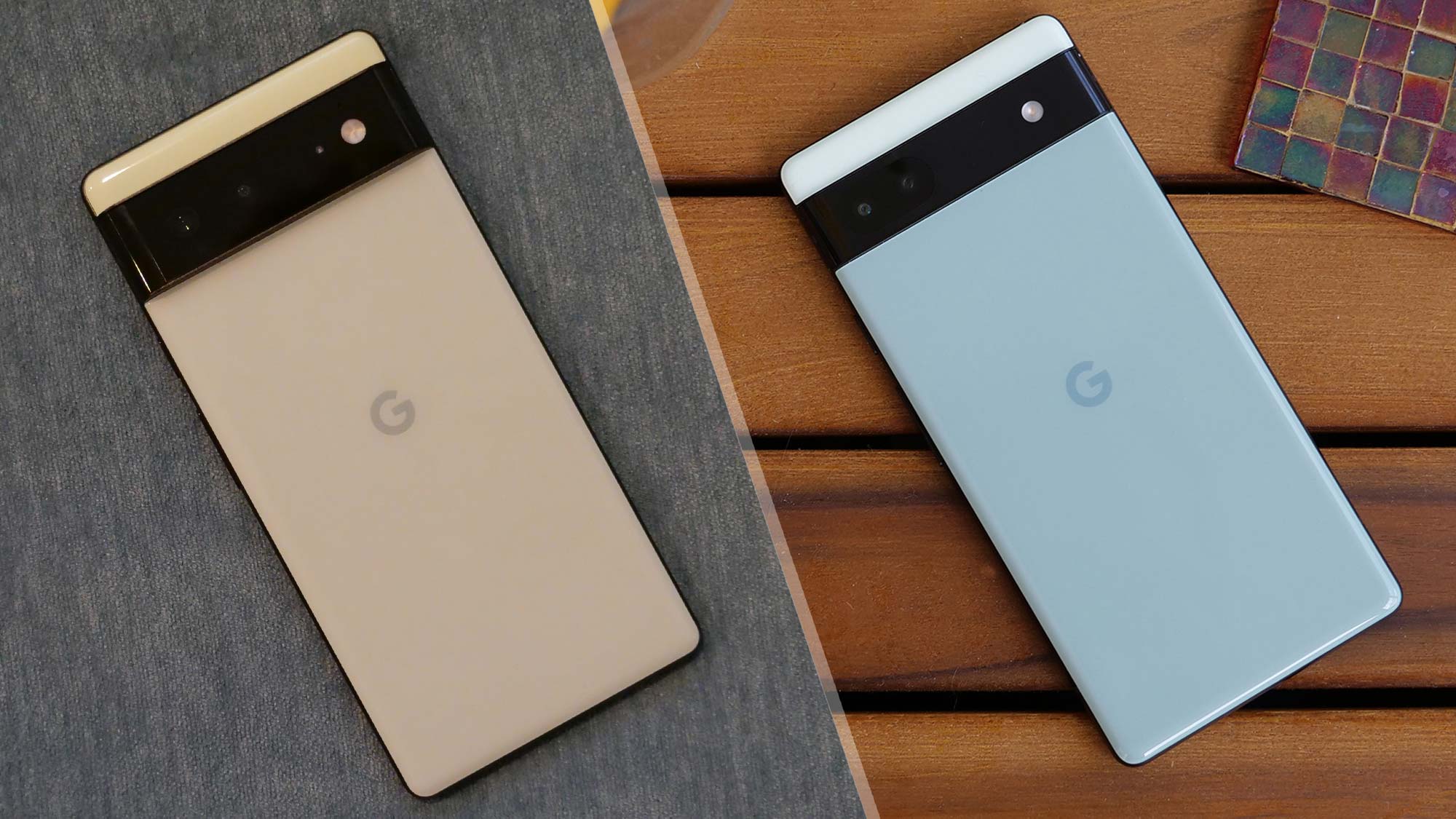
Choosing between Google’s mid-range phone, the Pixel 6a, and its flagship model, the Pixel 6, isn’t easy. There’s a trivial $150 price difference, they also look similar, house an identical chip and software, and even share the same ultra-wide and selfie cameras. However, when I used them back to back as my daily drivers, I came across a host of differences that can help you make the best decision.
The Pixel 6a and Pixel 6 comparison boils down to whether you’re looking for value for your money or a high-end flagship experience. Though the former inherits several features from the latter, there are trade-offs and aspects where Google cut costs under the hood to bring the price to $450 from $600. The Pixel 6, therefore, offers an extra premium element in many areas that appear identical on the surface. They share a design, for example, but the Pixel 6 has a glass body, while the Pixel 6a has a plastic one.
So which one should you invest in? After testing the Pixel 6a and the Pixel 6 for weeks, here’s what we think.
Google Pixel 6a vs Pixel 6: Specs
| Row 0 - Cell 0 | Google Pixel 6a | Pixel 6 |
| Dimensions | 5.99 x 2.83 x 0.35 inches | 6.24 x 2.94 x 0.35 inches |
| Weight | 6.28 ounces | 7.3 ounces |
| Display | 6.1 inch, OLED, HDR, 1080 x 2400 pixels | 6.4 inch, OLED, HDR10, 1080 x 2400 pixels |
| CPU | Google Tensor | Google Tensor |
| RAM | 6GB | 8GB |
| Storage Capacity | 128GB | 128GB/256GB |
| Rear cameras | Dual 12MP lenses (wide and ultra-wide) | Dual 12MP lenses (wide and ultra-wide) |
| Selfie camera | 8MP | 8MP |
| Battery size | 4410 mAh | 4610 mAh |
| Charging speed | 18W fast wired charging | 30W fast wired charging, 21W fast wireless charging, reverse wireless charging |
| Color options | Chalk, Charcoal, Sage | Sorta Seafoam, Kinda Coral, Stormy Black |
Google Pixel 6a vs Pixel 6: Price
The Pixel 6a costs $449 unlocked for its one and only 128GB variant.
The Pixel 6’s 128GB model is priced at $599; its 256GB option will set you back $699.
Google Pixel 6a vs Pixel 6: Design and build
At first glance, the Pixel 6 and Pixel 6a are difficult to distinguish. Google has maintained a consistent design language across its latest Pixel phones. Both have a dual-tone backside with a black, glass strip housing the camera gear, dividing the two colors at the top. There’s also an edge-to-edge screen on the front. Another minor yet handy design feature they share is their sides are a bit textured for a better grip — something you’ll sorely need since they’re both gigantic in size.
Due to the larger screen, though, the Pixel 6 is taller by 0.25 inches and thicker by 0.07 inches. More importantly, its back is made out of glass unlike the Pixel 6a, which sports a plastic one with a glass-like finish.
Sign up to receive The Snapshot, a free special dispatch from Laptop Mag, in your inbox.
As mentioned, it’s close to impossible to tell these two apart. However, when you pick them up, the Pixel 6a’s lighter (6.28 oz vs. 7.30 oz) and relatively smaller form factor is far easier to hold. Plus, the Pixel 6a doesn’t have the Pixel 6’s noticeably bulky camera bump, so your fingers don’t have to constantly fight gravity to prevent the device from falling out of your hand. All of it makes it possible for average-sized hands to use the Pixel 6a with one hand, which, in the Pixel 6’s case, is entirely out of the question.
Another result of the Pixel 6a’s cutback is its front is protected by the outdated Gorilla Glass 3 technology, whereas the Pixel 6 is equipped with the stronger Gorilla Glass Victus that’s rated to survive 6-feet drops. Pixel 6 is also available in more fun colors: Sorta Seafoam, Kinda Coral, and Stormy Black compared to the Pixel 6a’s Chalk, Charcoal, and Sage.
Though the Pixel 6 is nicer to hold, I don’t find the usability trade-offs worth the effort, especially given the Pixel 6a looks and feels identical, to an extent.
Winner: Pixel 6a for one-hand use, Pixel 6 for high-end materials
Google Pixel 6a vs Pixel 6: Display
While both the Pixel 6a and Pixel 6 have an always-on 1080p HDR screen, the latter’s panel is 0.3 inches taller and features a 90Hz refresh rate as opposed to the former’s 60Hz.
Unless you have previously owned a phone with a higher refresh rate, the Pixel 6a’s display performs great. If you have, you’ll see a difference. On the Pixel 6, activities like scrolling and navigating the UI are much smoother than on the Pixel 6a.
Other than that, there’s not a lot to separate these two screens. They’re plenty bright, nearly bezel-less, vivid, and sharp for just about everything you’d want to do.
Winner: Pixel 6
Google Pixel 6a vs Pixel 6: Hardware
The Pixel 6 can survive up to 1.5-meter deep water for 30 minutes thanks to its IP68 rating, whereas the Pixel 6a’s IP67 certification can go up to a meter for 30 minutes. Another hardware advantage of the Pixel 6 is that it supports the aptX HD Bluetooth standard that lets you stream high-quality music on wireless accessories.
Apart from that, the Pixel 6a and the Pixel 6 have an identical set of stereo speakers, no headphone jack, and an in-screen fingerprint sensor.
Winner: Pixel 6
Google Pixel 6a vs Pixel 6: Performance
The Pixel 6a and the Pixel 6 are powered by the same Tensor octa-core chip from Google. However, the Pixel 6 benefits from an extra 2GB of RAM (8GB vs 6GB). In addition to an entry-level 128GB storage variant, it also has a 256GB model, while the Pixel 6a is limited to 128GB.
During my tests, both of them went toe-to-toe in performance and handling everyday tasks. Even when I was hopping between resource-intensive apps like video editors and high-end games, I didn’t encounter any stutters or lags on either device. Camera shutter speed in quick-fire bursts was snappy, but the 6a does take an additional second to process and save pictures.
On the Geekbench benchmark app, the Pixel 6 scored higher in the multi-core test at 2,773 compared to the 6a’s 2,121. The single-core score for both devices was 1,045.
Therefore, in the first year or two, that extra 2GB of memory won’t lead to markedly superior performance on the Pixel 6. But over time, as you install yearly updates, the Pixel 6 will most likely age better and remain smooth longer than the Pixel 6a.
Winner: Pixel 6
Google Pixel 6a vs Pixel 6: Software
Though the Pixel 6a and 6 run on the same Android 12 software out of the box, the 6a is expected to receive updates for a year longer because it was launched about eight months later than the Pixel 6. As per Google’s website, the 6a will get major releases until July 2025 and security patches until July 2027.
The Pixel 6, on the other hand, is guaranteed for major updates until October 2024 and security ones until October 2026.
Winner: Pixel 6a
Google Pixel 6a vs Pixel 6: Battery life
The Pixel 6a and Pixel 6 sport similarly-sized batteries: 4410mAh and 4614mAh. But due to the Pixel 6’s more demanding high refresh rate and slightly larger display, I’ve found the 6a lasts a tad longer on a single charge. Both of them, on normal to heavy usage, can comfortably go on for 1.5 or even 2 days with a screen-on time ranging between 6-7 hours.
However, the Pixel 6 makes up for the endurance difference with huge upsides in charging speeds and capabilities. For starters, you can top it up faster and completely in under 90 minutes over a cable thanks to its 30W brick compatibility. On the other hand, the Pixel 6a is limited to 18W and takes a little over 2 hours to go from 0% to 100%.
On top of that, the Pixel 6 supports wireless charging (21W), which is entirely absent on the 6a. Not only that but it can also reverse-wireless charge other devices. You can place, for example, your wireless earbuds’ case over its back and top it up.
Winner: Pixel 6
Google Pixel 6a vs Pixel 6: Cameras
The battle of the Pixel 6 and Pixel 6a cameras is an interesting one. On paper, the setup is about equal. They even share a 12-megapixel ultra-wide lens and an 8-megapixel selfie camera. The difference is in the main wide lens on the back.
The Pixel 6a carries an outdated 12.2-megapixel sensor, while the Pixel 6 swaps it out for a 50-megapixel camera. But don’t let the megapixel count fool you into believing one is superior to another. You see, the Pixel 6 is hard-coded to produce 12.5-megapixel shots through pixel-binning, a technique for capturing more light by essentially clicking and combining information from four 12MP photos (out of 50MP). But the thing is the 6a’s camera has a larger aperture (f/1.7 vs. f/1.9) and a bigger sensor (1.4µm vs 1.2µm) — both of which enable the Pixel 6a to naturally gather more light.
In layman’s terms, this ultimately translates into a largely similar camera experience and performance. Since the Pixel 6a and the Pixel 6 depend on the same Google algorithms and chipset to process your shots, there’s hardly any difference in their final results. In both daylight and low-light scenarios, they both capture photos that are well-lit and detailed. They have that signature Pixel contrast-y look that features a sharp dynamic range and a balance between the scene’s shadows and highlights.
The Pixel 6’s 50-megapixel lens does lead to a stronger bokeh (blur) effect between your subject and background, but whether that’s a good thing comes down to your preference. I’ve also found that the Pixel 6 focuses quicker in dimly-lit areas and during videos courtesy of its Laser auto-focus.
They come with a slate of handy software tools as well, including Night Sight for capturing stars and skies at night and Magic Eraser for removing unwanted objects from your shots. There are two features exclusive to the Pixel 6: Long Exposure and Action Pan, which fixes the focus on a moving object and blurs the rest.
The Pixel 6 and Pixel 6a are equally capable at recording videos. They can shoot 4K clips at up to 60 fps and 1080p ones at a maximum of 240 fps.
Winner: Pixel 6
Bottom line
The Google Pixel 6a is an excellent value for your money. For $450, it offers a flagship processor and design, a capable set of cameras, an edge-to-edge screen, and a long-lasting battery. But for an extra $150, the Pixel 6 takes many of these qualities up a notch with a glass chassis, wireless charging, higher refresh rate, more memory, and greater storage ($699 variant). If those upgrades matter to you and you have the budget, the Pixel 6 is a no-brainer, but if they don’t, the Pixel 6a won’t let you down either.
For a better breakdown of each phone, check out our Pixel 6 and Pixel 6a reviews.
Shubham Agarwal is a freelance technology journalist from Ahmedabad, India. His work has previously appeared in Business Insider, Fast Company, HuffPost, and more. You can reach out to him on Twitter.

